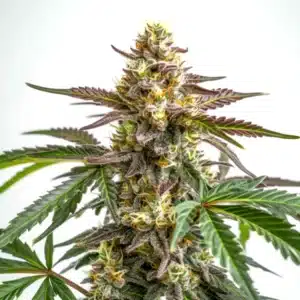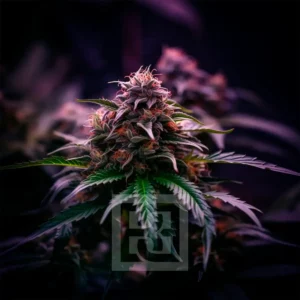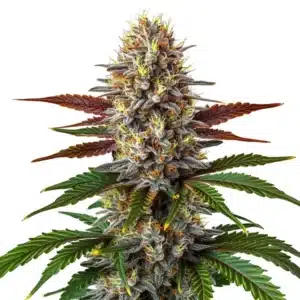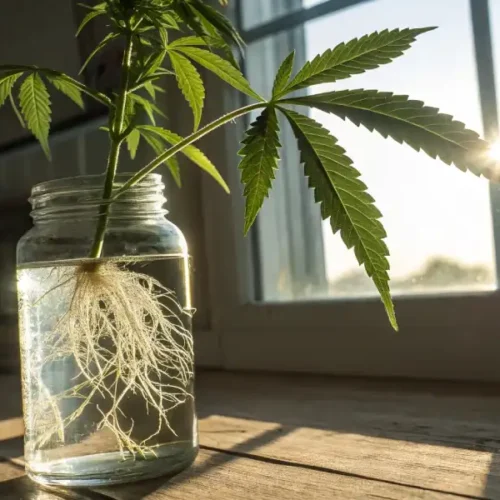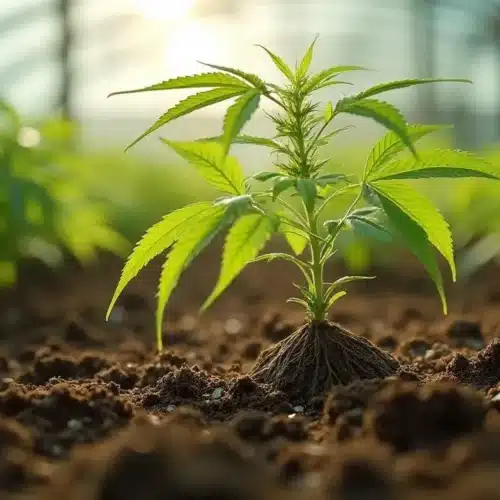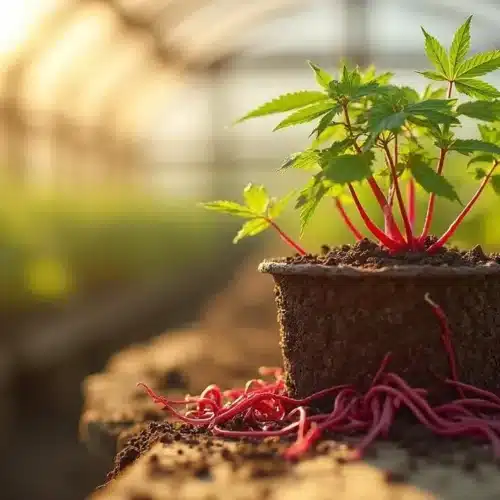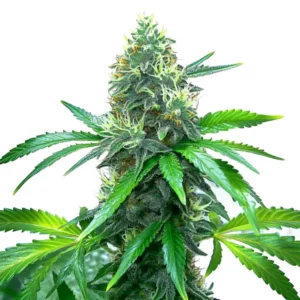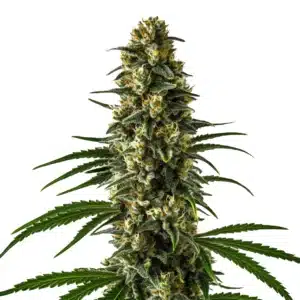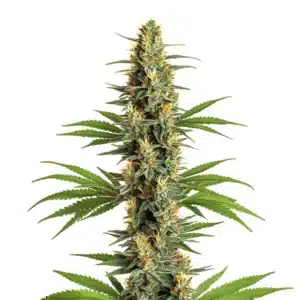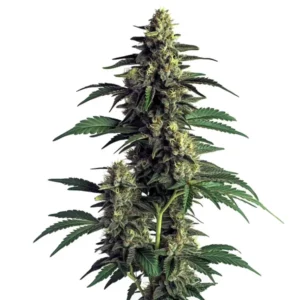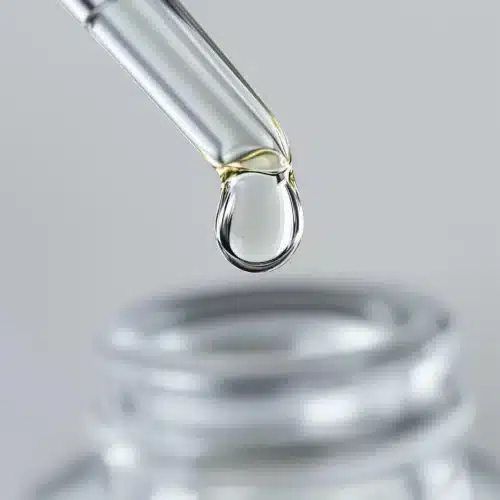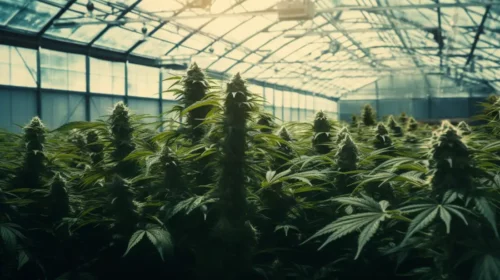Why Are Your Pot Leaves Turning Brown?
Common Causes of Brown Leaves on Cannabis Plants
When you notice pot leaves turning brown, it can be alarming. The discoloration often signals a problem that needs immediate attention. Nutrient deficiencies, such as a lack of nitrogen or potassium, are among the most common culprits. These imbalances disrupt your plant’s ability to grow and thrive.
Environmental stress also plays a significant role. High heat, low humidity, or extreme changes in conditions can cause leaf damage. Additionally, pests like spider mites or diseases such as powdery mildew attack leaves, turning them brown and compromising plant health.
How to Identify the Underlying Problem
Examining leaf discoloration patterns is the first step in diagnosing the issue. Brown tips might indicate potassium deficiency, while scattered spots could signal pests or fungal infections. Take time to observe the entire plant for consistent patterns.
Assess the plant’s overall health, including growth rate and root conditions. Tools like soil testers or magnifying glasses can reveal hidden issues like pH imbalances or pest infestations. This thorough evaluation helps pinpoint the cause of browning.
The Impact of Brown Leaves on Plant Growth
Brown leaves reduce the plant’s ability to perform photosynthesis, directly affecting energy production. As a result, growth slows, and the plant’s yield and potency diminish. This can have long-term consequences for your harvest.
Removing damaged leaves at the right time is crucial. While brown leaves no longer contribute to the plant’s health, removing them too early can shock the plant. Focus on solving the root cause before pruning excessively.
Promos & Deals
Nutrient Deficiencies and Their Function in Browning
Nitrogen Deficiency and Leaf Discoloration
Nitrogen deficiency is a common reason for pot leaves turning brown. Early signs include yellowing of older leaves, followed by browning as the deficiency worsens. Since nitrogen is essential for leaf growth, its absence directly affects plant vitality.
Addressing nitrogen deficiency involves using a balanced fertilizer rich in nitrogen. Liquid feeds or slow-release options can replenish the nutrient and restore your plant’s health quickly.
Potassium Deficiency and Brown Leaf Tips
Potassium deficiency often causes brown tips and edges on leaves. This nutrient supports flowering and root development, making it critical during later growth stages. Without potassium, plants struggle to transport water and nutrients effectively.
Correct this issue by incorporating potassium-rich fertilizers into your feeding schedule. Products labeled with a high “K” value in their NPK ratio are particularly effective.
Calcium and Magnesium Deficiencies
Calcium and magnesium are secondary nutrients, but their absence can cause brown spots on leaves. Calcium strengthens cell walls, while magnesium supports chlorophyll production. Deficiencies in either result in weak, discolored leaves.
Using cal-mag supplements is a straightforward solution. Apply these nutrients directly to the soil or as a foliar spray to quickly resolve browning caused by these deficiencies.

Environmental Factors That Cause Browning
Heat Stress and High Temperatures
Excessive heat can scorch cannabis leaves, turning them brown along the edges. Indoor grows are especially vulnerable when lights are placed too close to plants. Outdoor plants face risks during heatwaves.
Managing temperature involves monitoring conditions and using cooling systems. Fans, shade cloths, or adjusting light placement can reduce heat stress and prevent further damage.
Overwatering or Underwatering Issues
Water-related stress is another common cause of browning. Overwatering leads to root rot and nutrient lockout, while underwatering causes dehydration and crispy leaves. Both scenarios harm your plant’s health.
Finding the right watering schedule is key. Allow the top inch of soil to dry out before watering and ensure pots have proper drainage. Consistent moisture levels keep roots healthy and leaves vibrant.
Humidity and Airflow Problems
Low humidity dries out leaves, causing browning, while high humidity fosters fungal growth. Poor airflow exacerbates these issues, creating a hostile environment for your plants.
Invest in tools like hygrometers to monitor humidity levels. Fans and dehumidifiers help maintain optimal airflow and humidity, protecting your plants from browning caused by environmental stress.
Pests, Diseases, and Other Causes
Spider Mites and Leaf Damage
Spider mites are one of the most common pests responsible for pot leaves turning brown. These tiny insects feed on plant sap, leaving behind yellow or brown speckles on the leaves. If untreated, the damage spreads, and leaves may become brittle and fall off.
Preventing spider mites starts with regular inspections. Use a magnifying glass to check the undersides of leaves, where mites tend to hide. Natural solutions like neem oil or insecticidal soaps can effectively eliminate these pests while being safe for your plants.
Fungal Infections and Brown Spots
Fungal infections such as powdery mildew or botrytis can cause brown spots on cannabis leaves. These fungi thrive in humid conditions with poor airflow, spreading rapidly if not addressed.
Treat fungal infections by removing affected leaves and improving airflow in your grow area. Apply a fungicide or a natural remedy like a baking soda and water solution to stop the spread. Keeping humidity under control prevents future infections.
pH Imbalances and Nutrient Lockout
Improper pH levels in soil or water can lead to nutrient lockout, where plants cannot absorb essential nutrients even if they are present. This often results in brown or discolored leaves as the plant struggles to compensate.
Test soil and water pH regularly, aiming for a range between 6.0 and 7.0 for soil and 5.5 to 6.5 for hydroponic systems. Adjust pH levels using pH up or down solutions to ensure nutrients are readily available to your plants.
How to Prevent and Treat Brown Cannabis Leaves
Regular Monitoring and Maintenance
Consistent monitoring is crucial for catching issues early. Observe your plants daily for signs of stress, such as discoloration or drooping leaves. Keeping a grow journal helps track changes and pinpoint the cause of problems like browning leaves.
Preventative measures like maintaining a clean grow area and using pest barriers can significantly reduce the likelihood of browning. A proactive approach saves time and protects your plants from further damage.
Adjusting Nutrients and Feeding Schedules
Cannabis plants require tailored nutrients to thrive. Overfeeding can cause nutrient burn, leading to brown, crispy leaves, while underfeeding results in deficiencies. Adjust feeding schedules based on the plant’s growth stage to meet its specific needs.
Using fertilizers designed for cannabis ensures your plants receive balanced nutrition. Gradual adjustments help prevent sudden nutrient shifts that might shock the plant.
Creating an Optimal Growing Environment
Balancing light, temperature, and humidity is essential for healthy cannabis plants. Excessive light or heat can scorch leaves, while poor humidity levels promote stress and disease.
Ensure proper ventilation and airflow to keep plants comfortable. Choose a grow medium with good drainage to avoid waterlogging and support strong root development. A stable environment helps prevent pot leaves from turning brown.
Advanced Solutions to Prevent Browning
Using Beneficial Insects for Pest Control
Beneficial insects, such as ladybugs and predatory mites, are natural solutions to combat pests like spider mites. These insects feed on harmful pests, keeping their populations under control without damaging your cannabis plants.
Introducing beneficial insects to your grow environment creates a natural balance. This approach reduces the need for chemical pesticides, ensuring healthier plants and a cleaner end product.
Employing Preventative Fungicides
Preventative fungicides can help protect plants from fungal infections that cause browning. Organic options like neem oil or potassium bicarbonate sprays are effective against powdery mildew and other common fungi.
Apply fungicides during early growth stages or when environmental conditions favor fungal growth. Regular applications create a protective barrier that minimizes the risk of infections.
Installing Environmental Control Systems
Automated systems for temperature, humidity, and light control can significantly reduce the risk of browning. Sensors monitor conditions in real time, making adjustments as needed to maintain an optimal growing environment.
Investing in these systems ensures consistency, which is key to preventing stress-related browning. Proper environmental control also supports robust growth and higher yields.
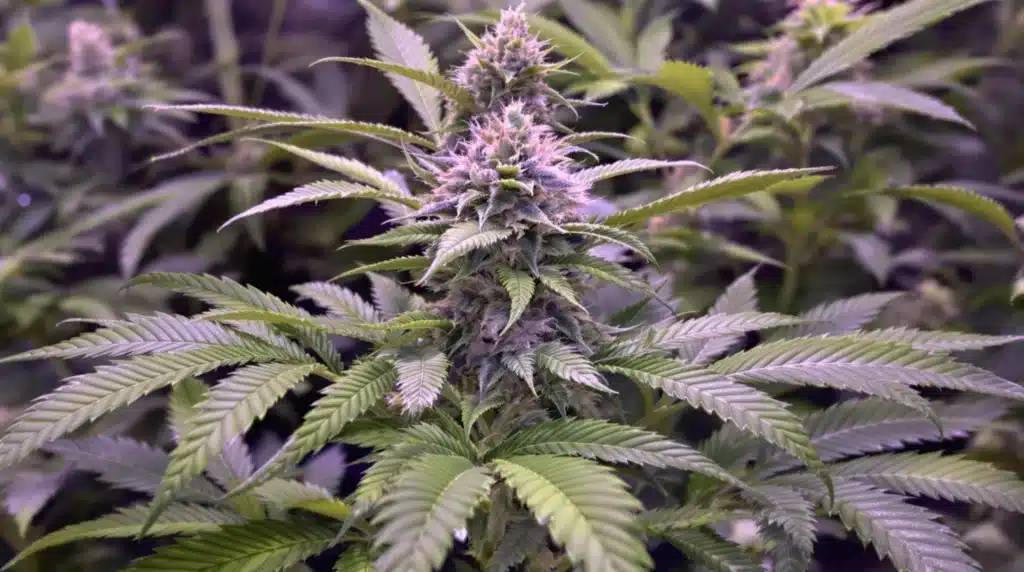
FAQs About Pot Leaves Turning Brown
How Can I Tell If the Problem Is Nutritional or Environmental?
Nutritional issues usually manifest as specific patterns on the leaves, such as yellowing between veins or browning at the edges. Environmental stress often shows as widespread damage, including wilting or scorching across multiple leaves.
Combining visual assessments with tools like soil testers or hygrometers can help pinpoint the cause. Addressing both aspects ensures comprehensive care for your plants.
Should I Remove Brown Leaves From My Plants?
Removing brown leaves can be beneficial, but timing matters. Only remove leaves that are fully dead to avoid stressing the plant. Use sterilized tools to prevent spreading infections.
Focus on solving the underlying issue before removing leaves. This approach allows your plant to recover more effectively without losing vital energy.
Can Browning Be Reversed?
While browning itself cannot be reversed, addressing the root cause can prevent further damage and promote new, healthy growth. Correct nutrient deficiencies, adjust environmental factors, and treat pests or diseases promptly to restore plant health.
Consistent monitoring and care will help your plant bounce back, ensuring a productive grow cycle despite early setbacks.
What Are the Long-Term Effects of Brown Leaves on Cannabis Plants?
Brown leaves hinder photosynthesis, reducing the plant’s energy production. Over time, this can lead to lower yields and diminished potency. Addressing browning quickly minimizes these effects and helps maintain a successful harvest.
Ensuring your plants have a balanced environment and proper care will prevent long-term damage, allowing them to thrive and produce high-quality cannabis.


